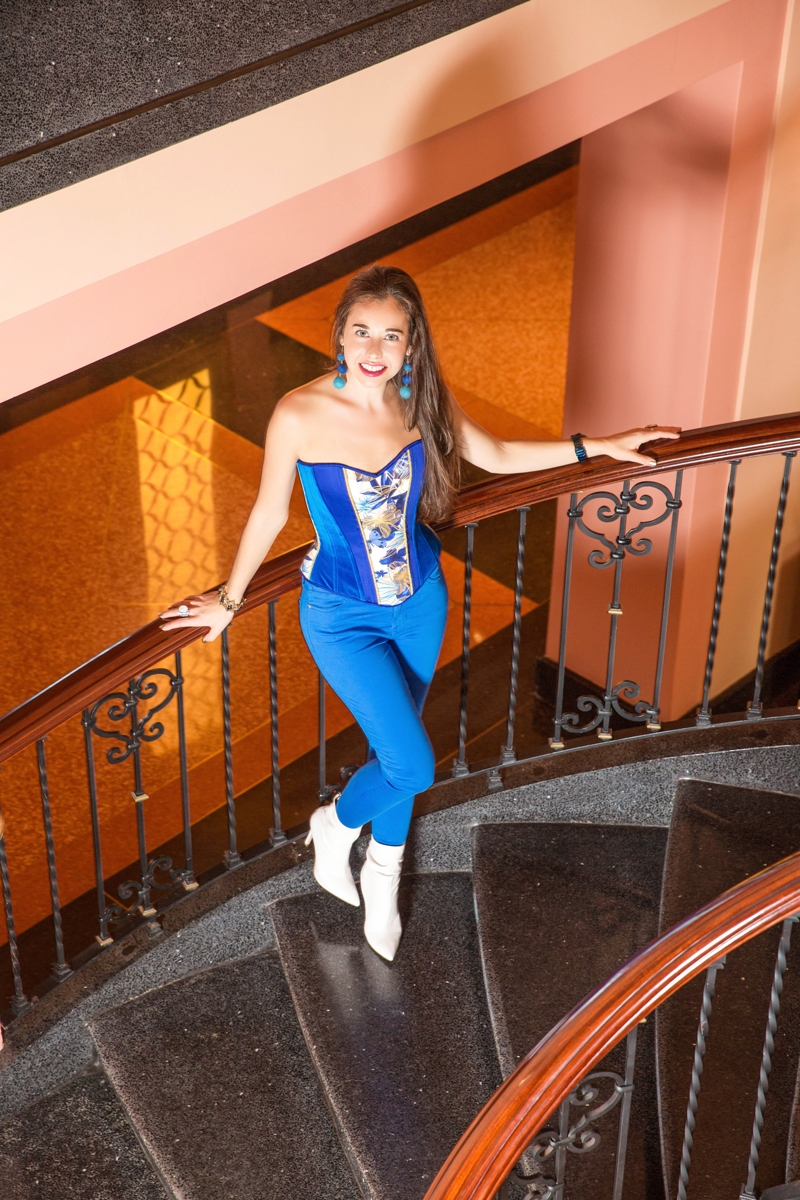The Language of Corsetry
The Language of Corsetry
A New Opportunity
Although learning a new language can be very daunting, it is also extremely fun because it will enhance you language skills, open new doors of communication, and give you the opportunity to experience a new way of living. That is why all of the terminology that you need to know about The Art of Lacing-Up is on our Corset Glossary Page.
Whether you are new to corsetry, an extreme tight-lacer, or just simply interested in understanding the different features of all of our corsets, I have put together a quick reference of the 10 most-used corset terms. This will also help you make informed decisions when choosing the right corset for you and your lifestyle.
Bones/Boning – the skeletal system of a corset; long, narrow pieces of steel (historically whalebone or giant reeds) that create the structure and rigidity of a corset and reduce fabric stress
Modern high-end corsets always use steel while cheaper corsets and bustiers frequently use plastic bones, which will quickly warp and bend out of shape.
Busk – the front closure of a corset made from steel (wood, ivory or bone was used until the mid-nineteenth century); made up of two separate pieces that fasten together, one side has hooks and the other has knobs, which allows the parts to form a closure
The busk makes dressing and undressing much quicker and easier. High-quality busks are fairly rigid and do not bend substantially, providing strong support at the front of the body and between the breasts.
Grommets – Metal rings that fasten together to create the holes or eyelets with which to lace up the back of a corset
At Champagne Corsets, our grommets are set between two extra-thick which bones.
.,,This will help you make informed decisions when choosing the right corset for you and your lifestyle....—Stella
The Language of Corsetry
Vocabulary
Lacing – Strong cord or ribbon used to lace up a corset; both can be suitable for waist training and can be easily interchanged
Laces are typically placed at the back of a corset, but they can also be at the front or be at both the back and the front.
Modesty Panel – A piece of fabric that sits between the garment and the skin providing protection from chafing and covers exposed skin; also called lacing guard
Usually made in the same fabric as the corset, the modesty panel is attached underneath the lacing. In some designs, you will also find a smaller modesty panel under the busk at the center of the corset.
Overbust Corset – A corset that extends over the upper hips and torso, covering the breasts
This style is traditionally worn without a bra and worn in place of a top.
Underbust Corset – A corset that only covers the upper hips and middle torso, providing no breast coverage
This style is traditionally worn with a bra and either over or under your clothes.
Waist Cincher – A short corset (smaller than an underbust)
This style only covers the middle of the stomach area and worn either over or under your clothes.
Waist Tape – A sturdy “tape” (non-decorative ribbon) that reinforces the waist to minimize stretching
The waist tape can be seen between the layers of the corset or exposed on the inside.
Waist Training – A safe, effective, and fashionable lifestyle choice of wearing a corset consistently over time in order to reduce the waistline and change the silhouette even when not wearing a corset.
Let’s get started on a custom handmade corset of your own! I am happy to answer any questions you may have. Please comment below.
Cheers
Photography by Fernando Ortiz
Images enhanced by Intimatology




